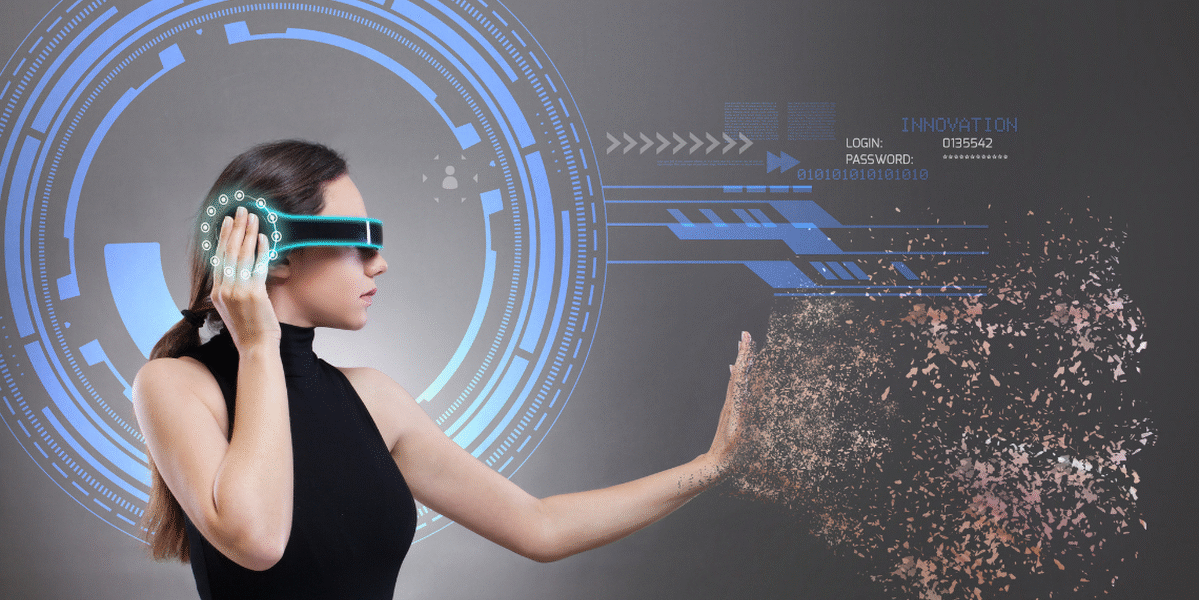Technology is the backbone of modern civilization. It has transformed every aspect of human life—from how we communicate and work to how we learn, travel, and entertain ourselves. As society advances, technology continues to push the boundaries of what is possible, driving innovation and opening new doors in fields like medicine, education, transportation, business, and even personal lifestyle. Understanding technology’s role in our lives is essential for navigating and thriving in the modern world.
The Evolution of Technology
Technology has come a long way from the invention of the wheel and the printing press to the creation of smartphones and artificial intelligence (AI). Each era of technological advancement has led to dramatic changes in human society.
-
Industrial Revolution: Introduced machinery and mass production, which revolutionized agriculture and manufacturing.
-
Digital Age: The advent of computers, the internet, and mobile devices reshaped communication, information sharing, and entertainment.
-
Modern Era: Technologies like AI, blockchain, virtual reality (VR), and the Internet of Things (IoT) are reshaping industries and daily life in real time.
These developments show that technology is not just a tool but a driving force of social, economic, and cultural change.
Technology in Communication
One of the most profound impacts of technology is in communication. Gone are the days of relying solely on letters or landline phones. Today, instant messaging, video calls, and social media allow people to connect globally in real-time.
-
Social Media: Platforms like Facebook, Instagram, and X (formerly Twitter) have changed how people share experiences, news, and opinions.
-
Messaging Apps: WhatsApp, Messenger, and Telegram offer fast, secure communication regardless of location.
-
Video Conferencing: Zoom, Microsoft Teams, and Google Meet have become essential tools for business, education, and social interaction.
These technologies have made the world smaller, allowing for deeper, faster, and more frequent interactions across borders.
Technology in Education
Education has been revolutionized by digital tools. Online learning platforms, digital textbooks, and virtual classrooms provide flexible and inclusive education opportunities.
-
E-Learning: Platforms like Coursera, Khan Academy, and Udemy allow learners to access quality content from anywhere.
-
Interactive Tools: Smartboards, educational apps, and AI tutors help students learn more effectively.
-
Remote Learning: Especially during the COVID-19 pandemic, virtual classrooms became vital, making education possible despite physical limitations.
This technological shift supports lifelong learning and helps bridge educational gaps across regions.
Technology in Healthcare
The healthcare sector has benefited immensely from technological advancements.
-
Telemedicine: Allows patients to consult doctors remotely, improving access to care in remote or underserved areas.
-
Medical Devices: Wearables like fitness trackers monitor health in real time, and advanced imaging machines aid in diagnosis.
-
Artificial Intelligence: AI helps analyze medical data, predict health risks, and personalize treatment plans.
Technology is not only extending life expectancy but also improving the quality of life through early diagnosis, better treatments, and more efficient care.
Technology in Business
Businesses use technology to boost efficiency, reach new markets, and improve customer experiences.
-
E-Commerce: Platforms like Amazon and Shopify have changed how people shop and sell.
-
Automation: Robotics and AI streamline manufacturing and reduce labor costs.
-
Data Analytics: Big data helps companies understand consumer behavior and make informed decisions.
Technology levels the playing field, allowing even small businesses to compete globally.
Challenges and Concerns
While technology brings immense benefits, it also poses challenges.
-
Privacy: With so much data collected online, there are growing concerns about surveillance and misuse of personal information.
-
Cybersecurity: Hackers, ransomware, and digital fraud are real threats to individuals and organizations.
-
Digital Divide: Not everyone has equal access to technology, creating disparities in education, employment, and healthcare.
-
Dependency: Overreliance on technology may reduce critical thinking, face-to-face interaction, and manual skills.
Addressing these issues requires strong digital policies, education, and ethical practices in tech development and use.
The Future of Technology
The future holds even more exciting possibilities:
-
AI and Machine Learning will make systems smarter and more autonomous.
-
Quantum Computing may solve complex problems that are impossible with today’s computers.
-
5G and Beyond will enable faster and more connected devices.
-
Space Technology promises new frontiers in exploration and even habitation.
These advancements suggest a world where technology continues to enhance human capability and convenience in profound ways.
Conclusion
Technology is a powerful force shaping our world. It brings convenience, productivity, innovation, and global connection. However, it also presents new responsibilities and challenges. To make the most of technology, society must focus on equitable access, digital literacy, ethical use, and sustainable innovation. When used wisely, technology has the potential not only to improve lives but also to inspire future generations to imagine and build a better world.


